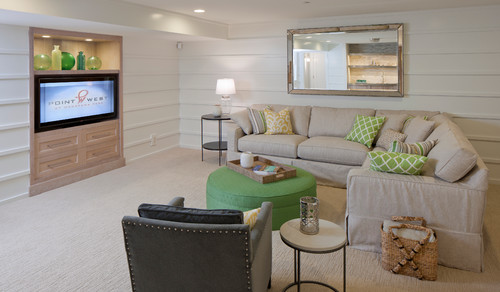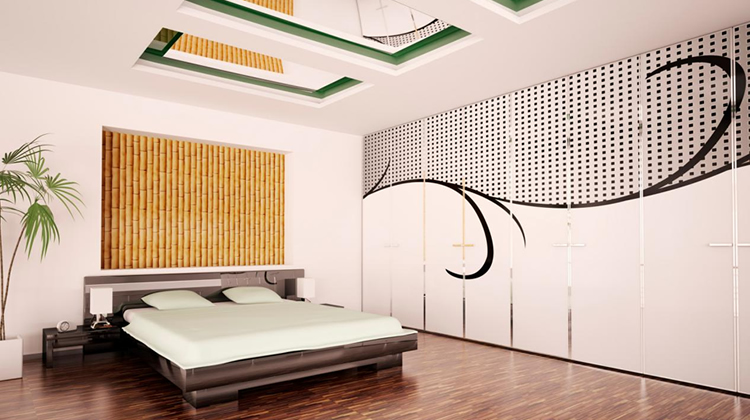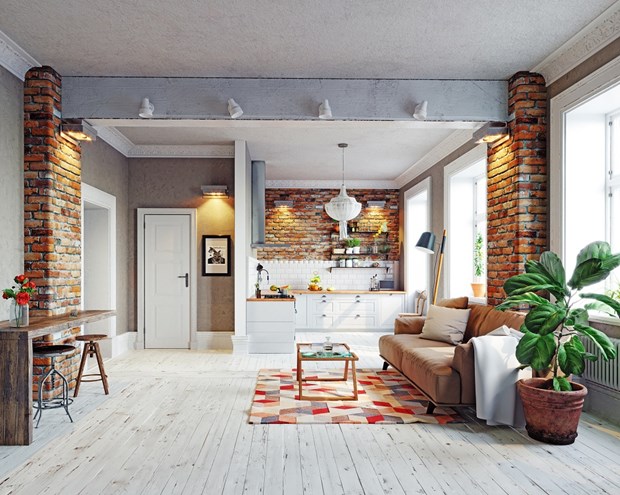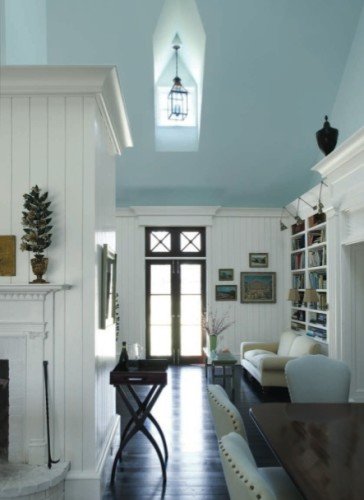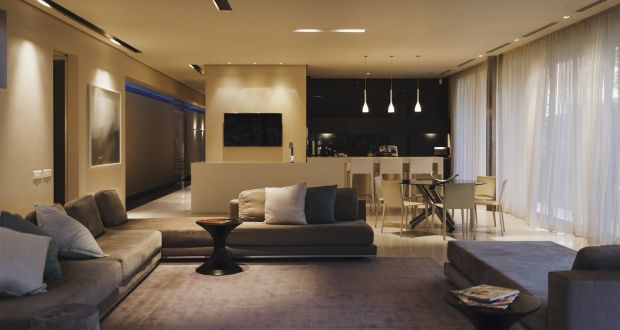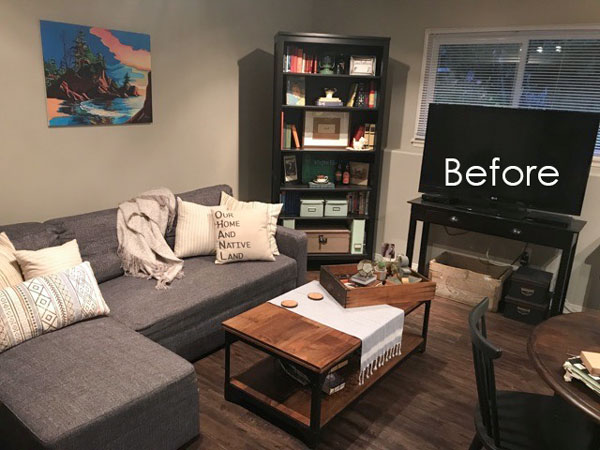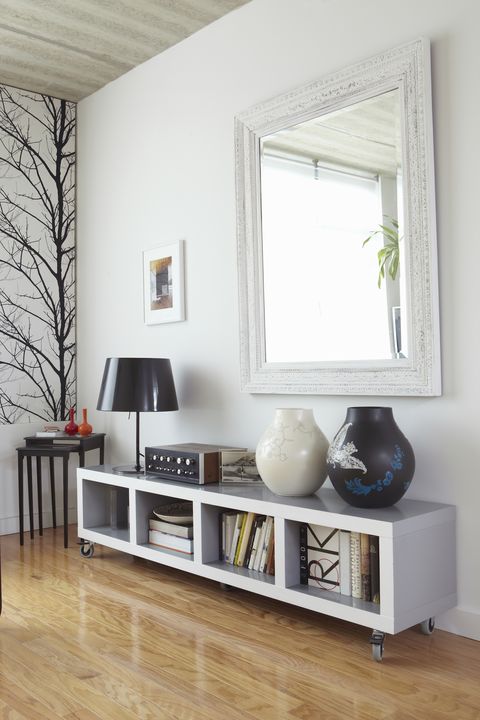The lack or absence of natural light in a room can leave the space dark, uninviting and cavernous. This really does not help to create a comfortable atmosphere for the office. An enlightened space is not only more inviting, but it can also improve your overall well-being.
A bright room or home can help lower your stress level and increase your mood. So if you are about to transform a dark room without natural light, not all hope is lost. This article reveals specific simple yet very effective tricks that you can use to brighten up your dark room or space.
1. Use more lights:

Artificial lighting in a room or area is important, but it is more crucial in a space that lacks natural light. A chandelier (solid fixture) or a pendant light is suitable for ambient lighting, but it is not enough to illuminate a dark room adequately.
You can go for recessed luminaires because they provide subtle lighting that you can spread over the ceiling to distribute light more efficiently.
You can too install headlights in your space or room, specifically highlight specific areas or furniture in the room. Track lighting is also effective in dark places without natural light as you can easily adjust your head so that it glows where you need extra lighting.
Table and floor lamps are also perfect for providing working lighting in special places such as beside the bed or sofa. If you want to replicate the look of natural light, you can also use full-spectrum beads that model daylight to keep the space warm and soft.
Lighting under the cabinet adds a glow that comes from the balances and edges of the shadow effect of bulky cabinets. This can be added after construction with battery operated crane lights or LED strips.
2. White is better:
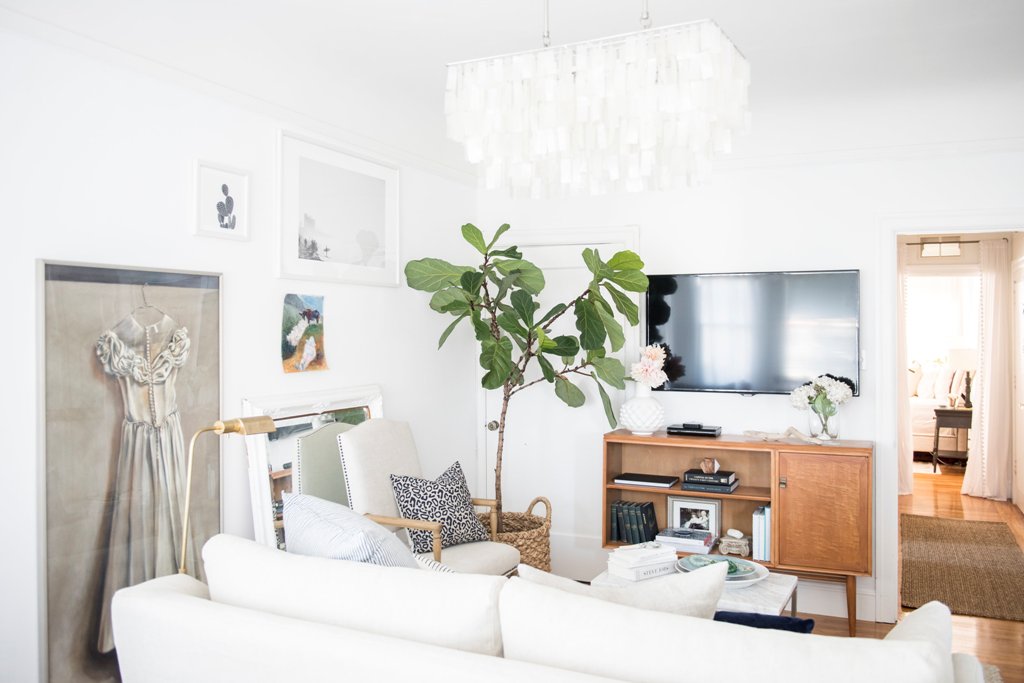
Another way to ensure that your dark room is illuminated is to use very white as the non-tint does not absorb any color. White emits as much light as possible on other surfaces. So if it is to light up the room you are looking for, you should paint your walls and ceilings white. White is your classic option, but if it's too strong you can use cream. White reflects the room's artificial lighting to make it look bigger and brighter.
If it still doesn't seem to be enough, you can be aggressive about it and not end up with walls and ceilings. Consider incorporating other white decorative materials such as white furniture, bedding, curtains and art frames.
3. Use carpets:
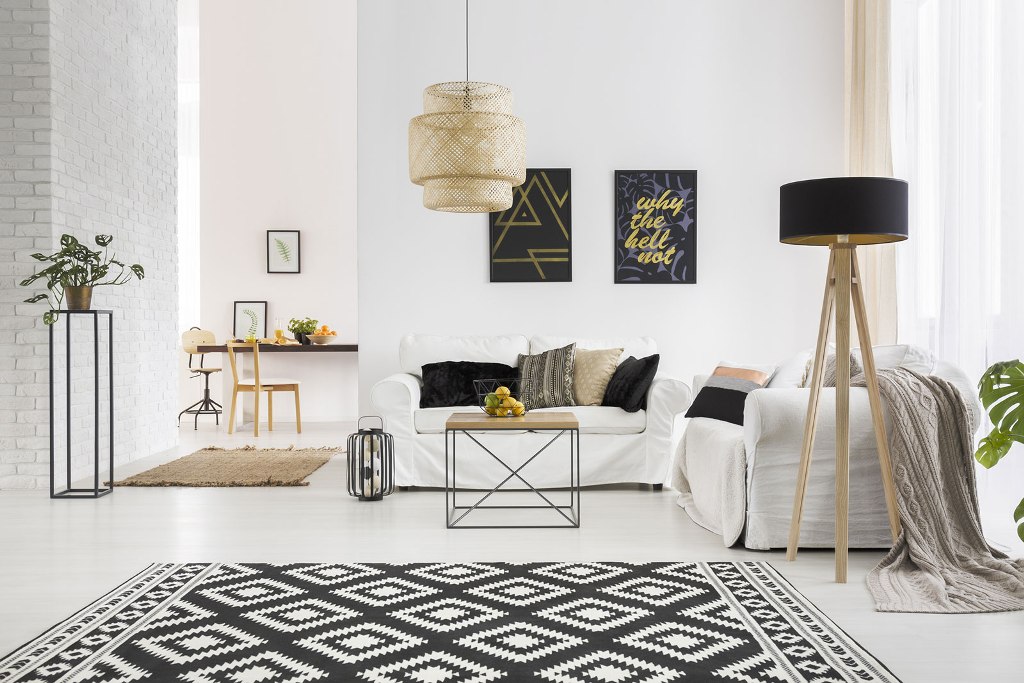
laminate or dark hardwood is a popular and beautiful staple for contemporary homes. But they can also lose a lot of light from certain spaces, especially without windows such as corridors, corridors, kitchens etc.
The use of carpets on the floor counteracts such flooring and gives you a mixture of both airiness and wealth. A patterned white and white carpet will be perfect as it provides enlightenment and yet does not show all dirt stains on it.
4. Insert more reflective surfaces:
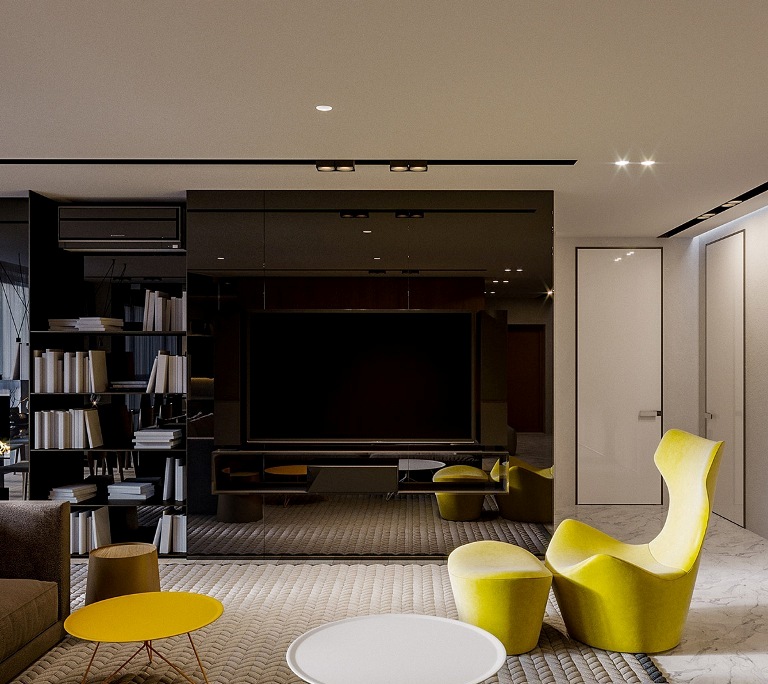
While a wall-painted white or cream can help make a dim room look brighter, decorating it with reflective materials and surfaces can enhance the effect – mirrors are the perfect option. They come in different decorative frames and a variety of shapes, styles and sizes to fit into any space in your room.
But to take full advantage of your mirror, you must place it opposite a fixture or lamp so that there is plenty of light to bounce off the surface. You can also use furniture with a glossy or mirrored finish to reflect more light.
Reflective surfaces help to exaggerate all the light in the room and make it bounce around the dark area. Mirrors are also perfect to give an illusion of depth, so that the room feels spacious and thus opposes the enclosed feeling in a dark room.
I recommend that you invest in some large wall mirrors, which not only pronounce but reflect as much light as possible.
When choosing a type of color for the walls of your room, you may want to take a semi-gloss finish. This is because it reflects more light than an eggshell or satin color and holds up quite well in high-traffic areas.
5. Take in the scenery

You can help offset the lack of natural light in your room by decorating it with some natural elements. Plants in particular can do most of it cavernous The rooms feel airier and lighter.
Use pots in bold, vibrant colors such as yellow, cobalt or red to show your greenery and flowers to brighten up the room or space.
You can also place them in the middle of your console table or coffee table or on your bookshelf. Also, remember that you will need to decorate with plants that tolerate low light, such as spider plants or ferns, so that they do not trip up as soon as possible.
Silk plants are also an ideal option if you prefer a low maintenance option.
In summary, there are some other ways to light up a dark room without natural light, but the ones explained above are the simplest and most effective.


